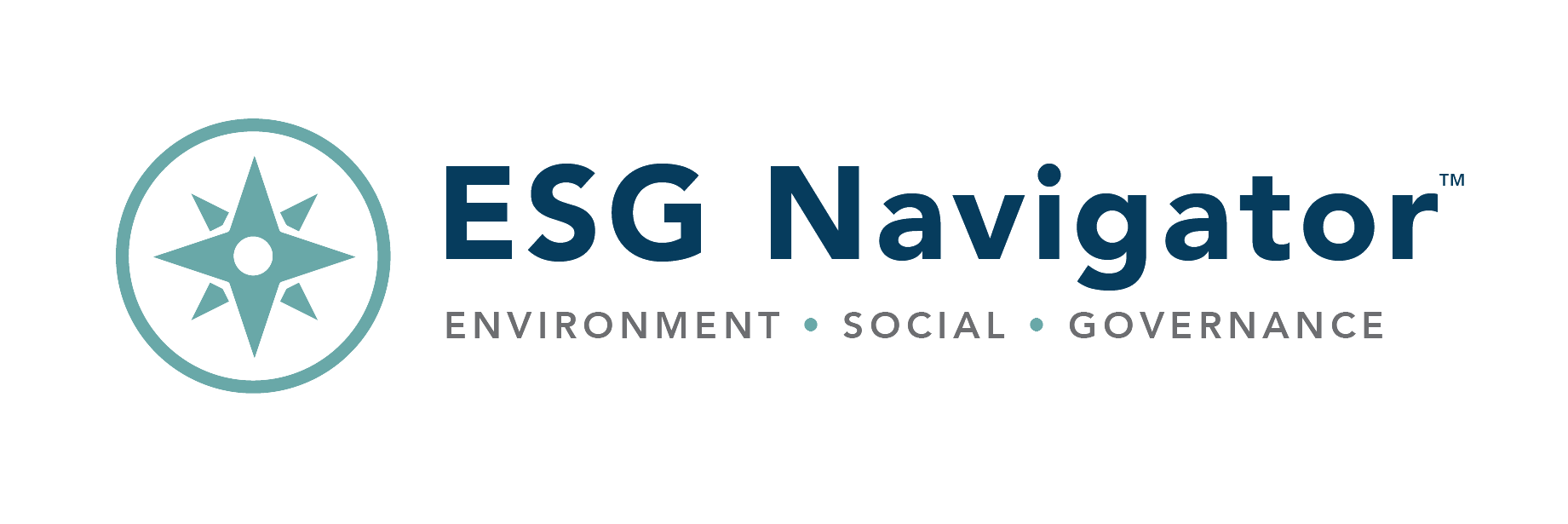Read our June 2020 ESG Navigator Update here.
Archives
ESG Navigator Update: May 2020
Beware the 80/20 Governance Trap: Focus on the “G” in ESG
Published today by The Conference Board
Today, The Conference Board posted “Beware the 80/20 Governance Trap: Focus on the “G” in ESG.” Reflecting on the lessons from the Pacific Gas and Electric bankruptcy filing (called “the first major corporate casualty of climate change” by The Wall Street Journal), I ask:
“Are we better off today than we were 20 years ago?”
Considering climate risk globally, the answer is clearly no. We all need a wake-up call.
- Investors need to recognize there is no free lunch when it comes to ESG. Sorry guys; you need to work much harder to assess how things actually work (regarding ESG) inside companies.
- ESG Raters need to state the severe limitations on your ability to assess the “G” in ESG. You may be able to assess 80 percent of the “E” and the “S” – but raters capture no more than 20 percent of the ”G” – and governance is by far the most important.
- NGOs have won the (ESG disclosure) battle but are clearly losing the (climate risk) war. It’s time to do a 180 degree about-face.
- Boards of Directors and C-suite executives need to look at what happened to PG&E. You love to receive good ESG ratings – but don’t fall into the 80/20 trap.
- CSOs (by whatever title – including VPs EHS) need to step-up and own sustainability governance. That means driving a new conversation internally.
Analyzing data provided by over 60 major global companies, the article makes a powerful argument that companies can look very good to external raters – yet have serious gaps in their internal risk management processes. Confidential data from 60 companies shows that internal ESG risk management processes are not very mature and not well-integrated into core business processes.
Download the article or connect with me on LinkedIn (https://www.linkedin.com/in/gilbert-hedstrom-5481841/).
Please share it widely.
Gib Hedstrom
ESG Oversight Lessons from the PG&E Bankruptcy Filing: Where External ESG Ratings Fall Short – and Why
Note: this blog was written for the National Association of Corporate Directors and will be forthcoming from NACD. Reprinted with permission.
by Gib Hedstrom
The recent news of California utility PG&E should cause pause in every corporate boardroom. On Monday January 14, 2019 The Wall Street Journal reported that analysts had pegged PG&E’s wildfire liability exposure to be as high as $30 billion – roughly triple the company’s market value of $9.12 billion. By Friday that week, The Wall Street Journal called this “the first major corporate casualty of climate change.” One week later, California investigators said PG&E did not cause the major 2018 fire (Tubbs Fire), but although that announcement caused a bump in stock price, it did not change the $30 billion tab, which the company itself has estimated. The company filed for bankruptcy on January 29, 2019.
But judging its external environmental, social, and governance (ESG) ratings, PG&E was doing fine. Clearly, this situation shines a spotlight on the serious limitations of external ESG ratings. It also highlights the need for companies across virtually all industry sectors to build robust ESG governance systems.
PG&E seemingly had its “ESG house” in order. External ESG rating organizations praised PG&E. Sustainalytics (the company providing data to Yahoo! Finance) rated the company as an “outperformer” (in 88th percentile on Environment and 82nd percentile on Governance). PG&E rated #1 among utilities and #22 overall in Corporate Responsibility Magazine’s 100 Best Corporate Citizens. Newsweek Green Rankings listed the company #1 among electric and gas utilities and #4 overall. And, PG&E was named to the Dow Jones Sustainability North America Index for the eighth time. Certainly there were apparently good reasons for high ratings.
- The company’s recently-published 187-page 2018 Corporate Responsibility and Sustainability Report seems to “check all the boxes.” Sustainability is explicitly called out in the company’s mission, vision, and values. Board committees are in place; ESG materiality assessment has been done, ESG is incorporated in the company’s financial incentive plan, and the organization has a dedicated Chief Sustainability Officer, along with an outside advisory group. PG&E has a long history of ESG disclosure, bold goals to cut greenhouse gas emissions, and a record of early delivery on rigid California compliance standards (three years ahead of schedule). The list goes on.
- PG&E has $34.5B worth of renewable energy contracts.
- The company has discussed the California wildfires, noting actions PG&E is taking to address the “new normal.”
So we have a situation of high external ratings and a company apparently in compliance. Yet a $30 billion environmental liability exposure happened anyway. Clearly, there is a disconnect somewhere.
What is the “Window of Opportunity”?
Board members, CEOs, and executives give far more than a nod to sustainability today. Many see a window of opportunity.
But here’s the rub: they only have from today until about 2020 to get this right. The year 2020 is a key marker; it is the year by which the foundations for achieving Vision 2050 must be in place.
